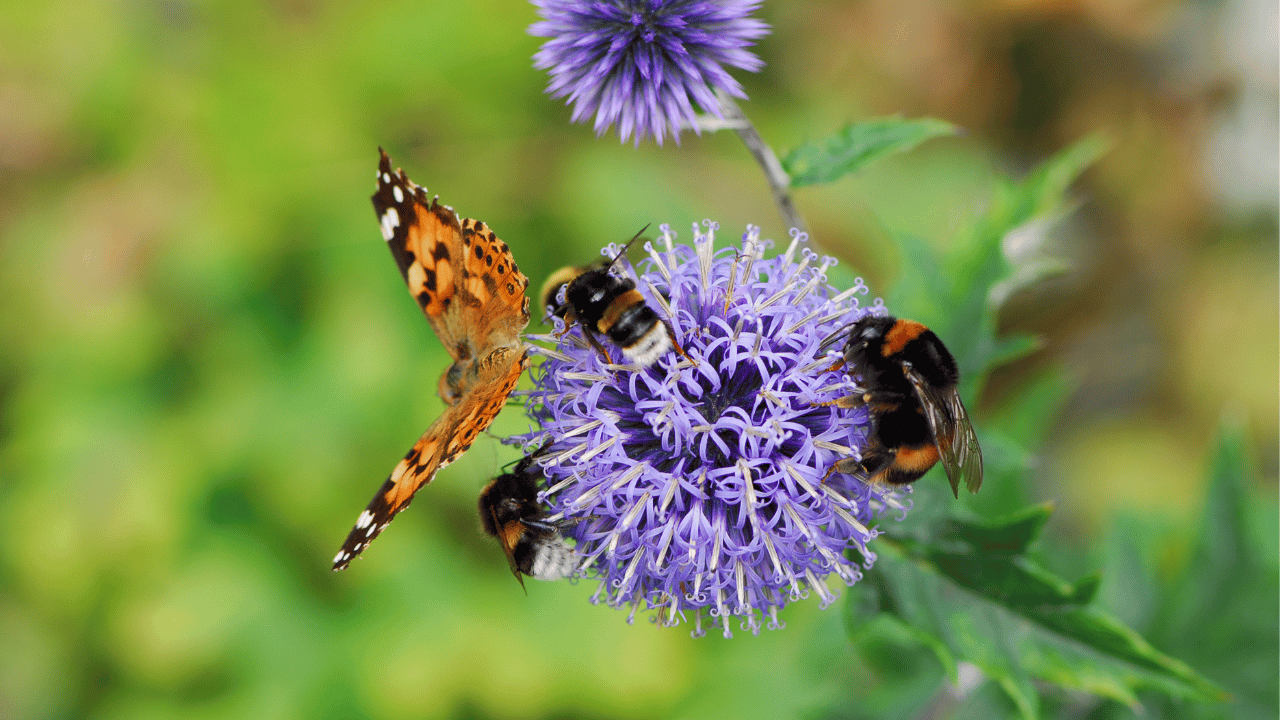Pollinator gardens are not just beautiful—they help bees, butterflies, and birds thrive. These gardens support the environment and boost your backyard’s health. The best part? You can create one without spending a fortune.
This eco-friendly guide is brought to you by SeniorHMOplans.com. If you’re turning 65, they can help you find the best Medicare Advantage plan to suit your lifestyle. Let’s dig into how you can build a vibrant pollinator garden on a budget!
1. Why Create a Pollinator Garden?
- Environmental Impact: Pollinators are essential for plant reproduction, helping to grow fruits, vegetables, and flowers.
- Beautiful Backyard: Pollinator-friendly plants attract colorful butterflies, hummingbirds, and bees.
- Low Maintenance: Once established, native plants require minimal care, saving you time and water.
2. Budget-Friendly Steps to Create Your Pollinator Garden
Step 1: Choose Native Plants
- Native plants are better adapted to your local climate and need less water and fertilizer.
- Look for wildflowers like milkweed, black-eyed susans, or purple coneflowers.
- Tip: Many local plant nurseries or conservation organizations offer free or discounted seeds for pollinator gardens.
Step 2: Reuse and Recycle
- Use old containers, buckets, or pots for planting.
- Repurpose wooden pallets to create raised garden beds.
- Create pathways with gravel, stones, or wood chips from yard waste.
Step 3: Attract a Variety of Pollinators
- Plant a mix of flowers with different colors, shapes, and blooming times to appeal to bees, butterflies, and birds.
- Add herbs like lavender, mint, and thyme for extra appeal.
Step 4: Provide Shelter and Water
- Add rocks or logs for insects to rest on.
- Place a shallow dish of water with stones for pollinators to drink safely.
- Include shrubs or small trees for birds and shade-loving pollinators.
Step 5: Avoid Chemicals
- Skip pesticides and herbicides, as they can harm pollinators.
- Use organic compost to enrich your soil naturally.
3. Caring for Your Pollinator Garden
- Water regularly until plants are established, then let nature take over.
- Prune and deadhead flowers to encourage more blooms.
- Keep an eye out for invasive species and remove them promptly.
Conclusion: Creating a pollinator garden is a rewarding and budget-friendly way to support the environment and beautify your home. With a little creativity and care, you can attract vibrant wildlife to your backyard while helping the planet thrive. For more eco-friendly tips and senior living ideas, visit SeniorSearching.com—your trusted resource for inspiration and advice.


